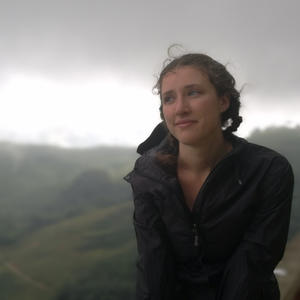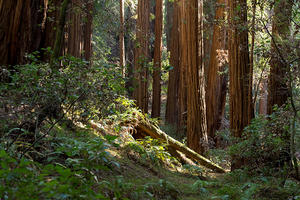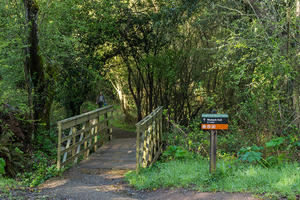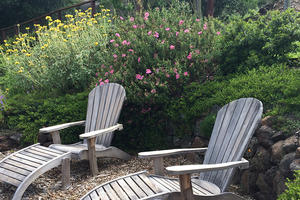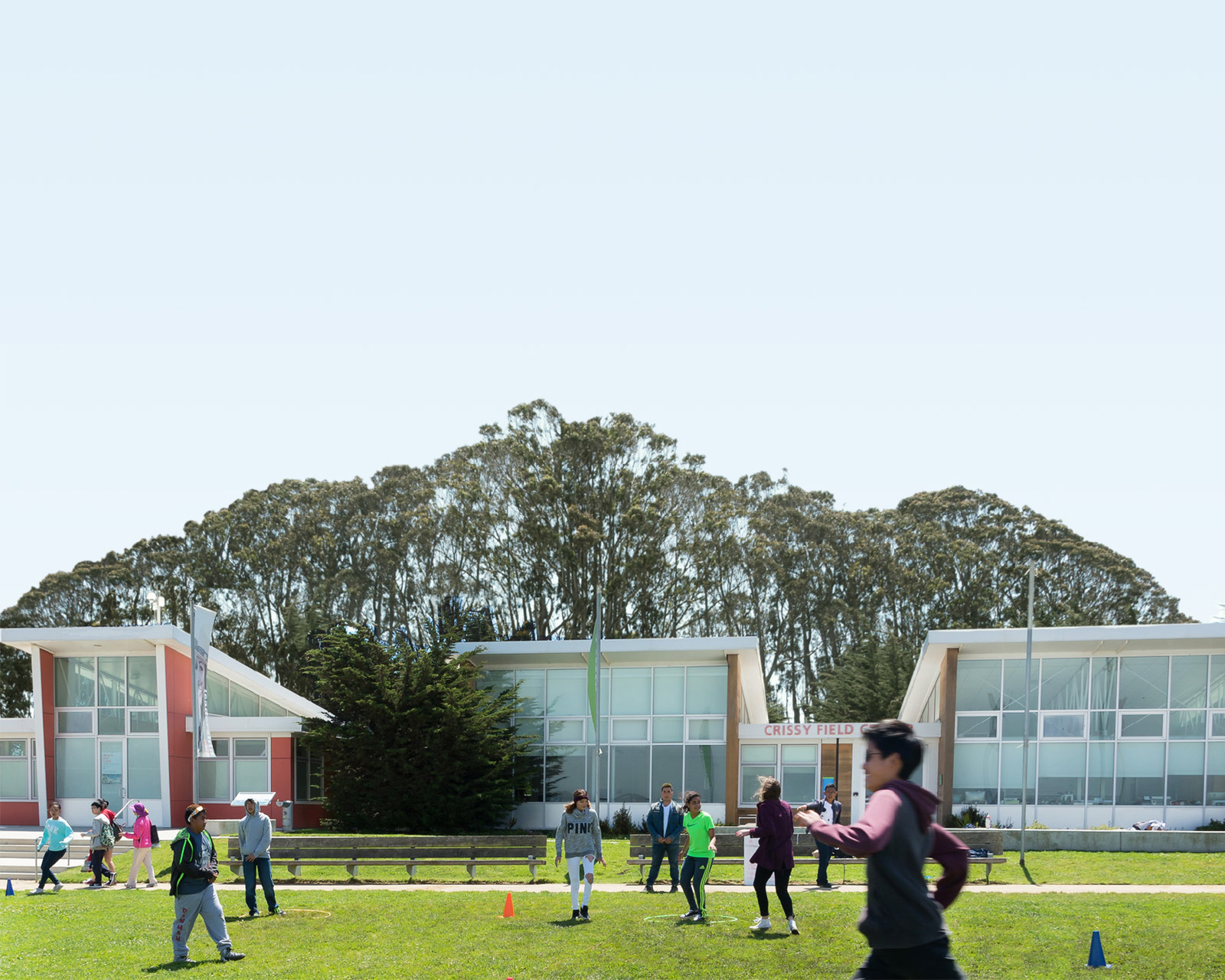
Redwood tree clones form Presidio ‘supergrove’
Can the DNA of ancient giants save our forests?
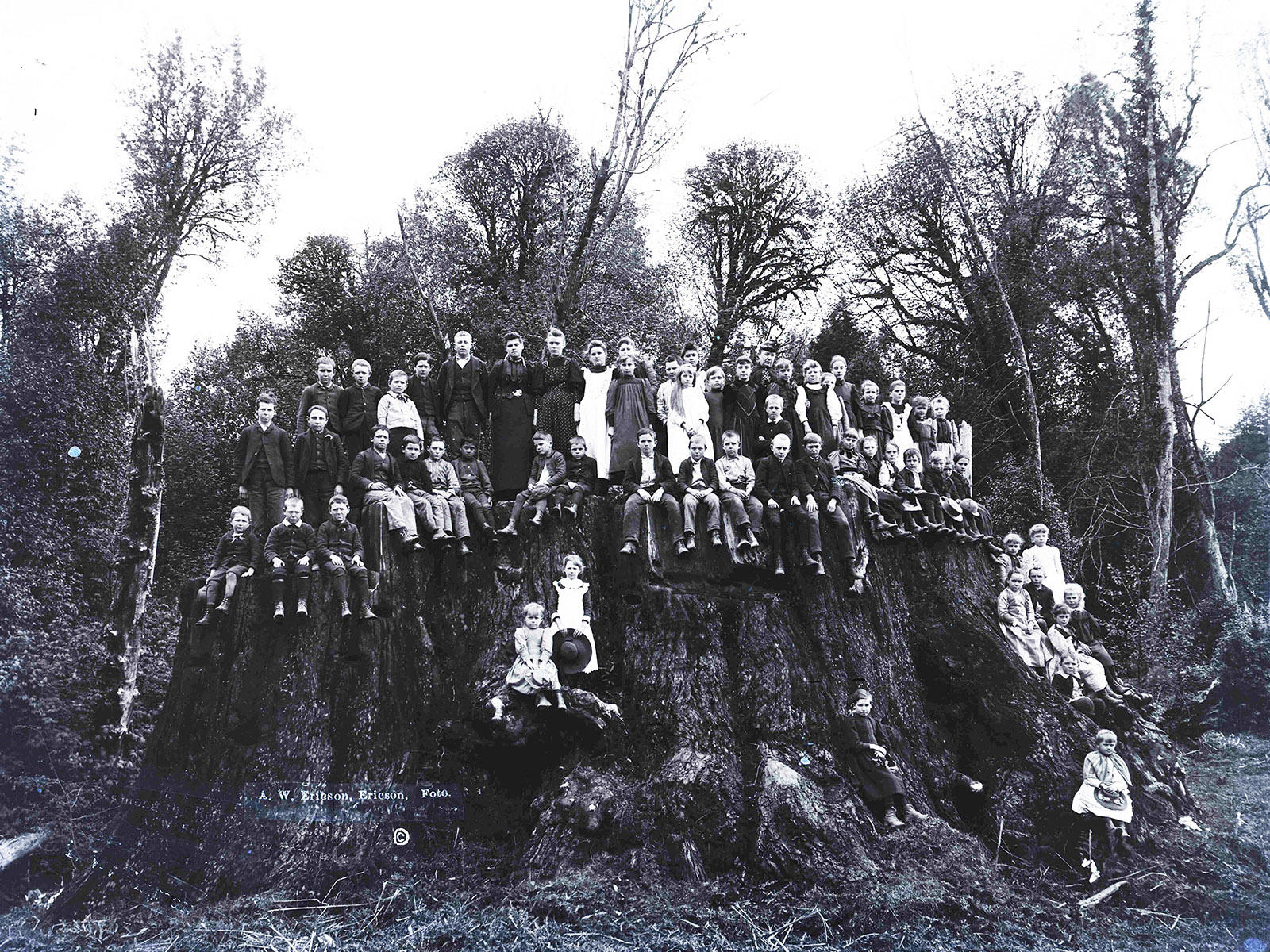
Parks invite innovation. How we steward them will affect our planet’s changing climate in some way, great or small.
What better way to invest in the future than by planting coast redwood trees, which can store 200-250 tons of carbon dioxide per tree? The Thomas Redwoods site in the Presidio is now home to 75 unique redwood saplings: clones of some of the largest coast redwoods that ever lived.
The saplings, donated by nonprofit Archangel Ancient Tree Archive, originated from trees born 2,000-3,000 years ago, including the massive Fieldbrook. Estimated to be nearly 400 feet tall and 35 feet in diameter, these giants might still be standing today if eager industrialists hadn’t intervened, reducing them to stumps for the sake of prized redwood timber.
“It’s time we put them back.” said Archangel co-founder David Milarch.
Coast redwoods are in trouble, with 95 percent of their old-growth habitat gone. Reforestation doesn’t restore old growth forests: mature, complex ecological communities with the oldest individuals, and perhaps the strongest genes. Those genes could hold the secret to redwoods’ powerful resistance to disease and fire. Until we unravel their genome and study their immune systems, we won’t know what value could be found there.
“Most redwoods don’t live to be 1,000 years old. The individuals we’re taking from lived to be 3,000,” said Milarch. “It’s just scientific common sense to save the genetics of these trees and study them.”
Archangel’s team scoured a 500-mile range from the California-Oregon border to Big Sur, selecting the largest and oldest coast redwoods from each region for cloning. Uncovering which trees succeed under different conditions will be vital in helping forests cope with climate change. Redwoods can’t move fast enough to beat rising temperatures, so Milarch is championing the approach of “assisted migration.”
“We're being proactive and trying to experiment.” Milarch said. “I’ve been doing everything I can to help these redwoods since my first visit to Muir Woods in 1968.”
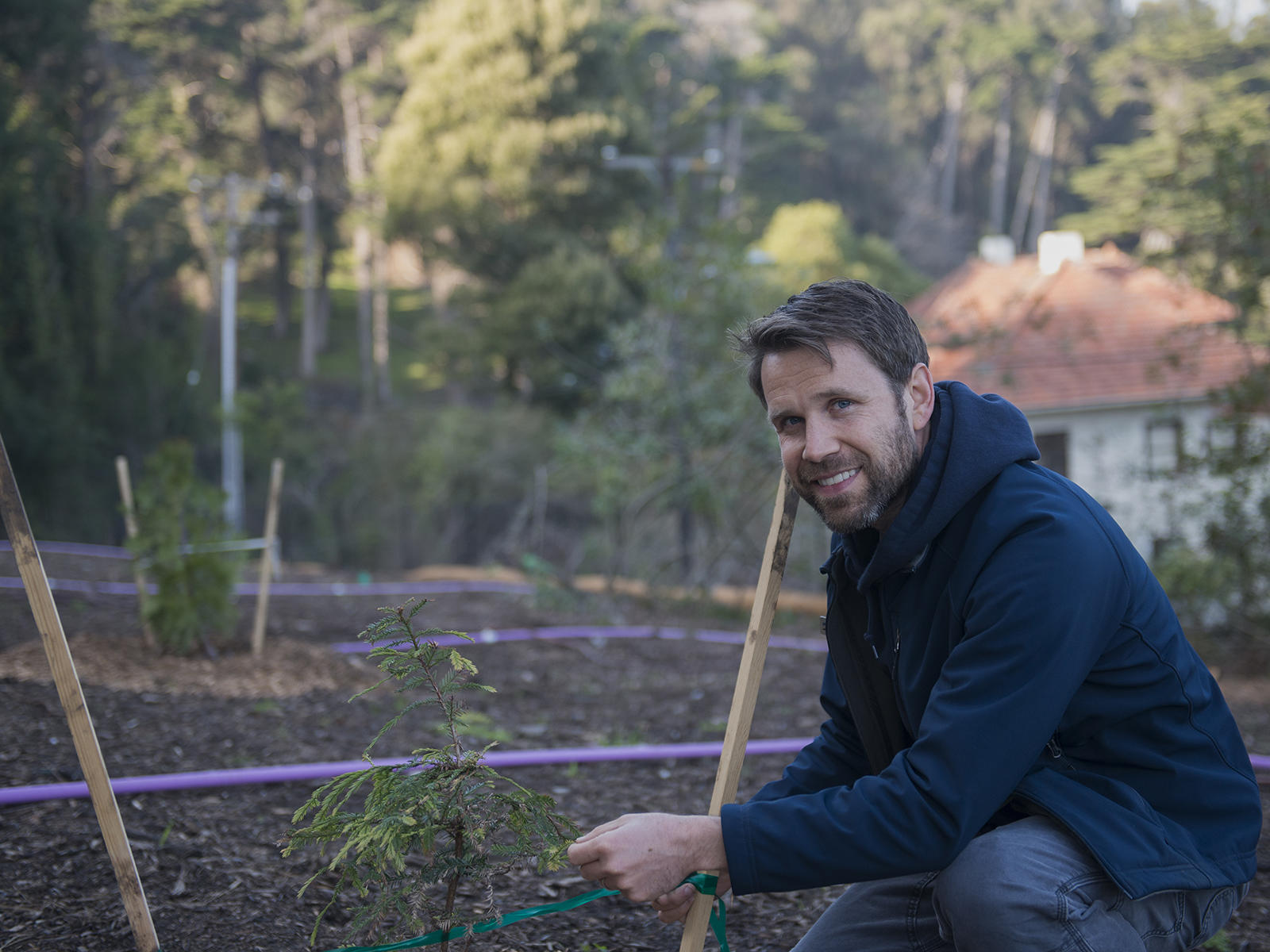
Archangel’s technology gives these ancient giants a second chance to reproduce. Even as stumps, the trees continue the fight for survival with a last-ditch effort by sending up “basal sprouts,” genetic copies that rely on the parent tree’s root system. If left alone, trees that grow from basal sprouts often break off and don't make it. But when sprouts are removed from stumps, taken to a lab, and placed in Archangel’s growth medium, they can reliably grow their own root systems. The result? A tiny plant that is genetically identical to the originating ancient tree.
It takes about 2.5 years to propagate the saplings in a lab and grow them to a size ready for planting. But even then, much of the work is just beginning.
“There’s a lot that goes into turning planted trees into a forest,” said Blake Troxel, forester for the Presidio Trust.
The Trust’s forestry program will provide intensive care and resources for this “supergrove.” In 60-70 years, the mature redwoods will compete with non-native vegetation, provide habitat for wildlife, and fight climate change.
“The grove will be protected in the park.” Troxel said. “Our mission is to maintain the forest—forever.”
You can help this effort! Get involved with Archangel Ancient Tree Archive or join future planting volunteer opportunities with the Presidio Forest Stewards. Programs occur every Friday morning, 9:00am-noon!
